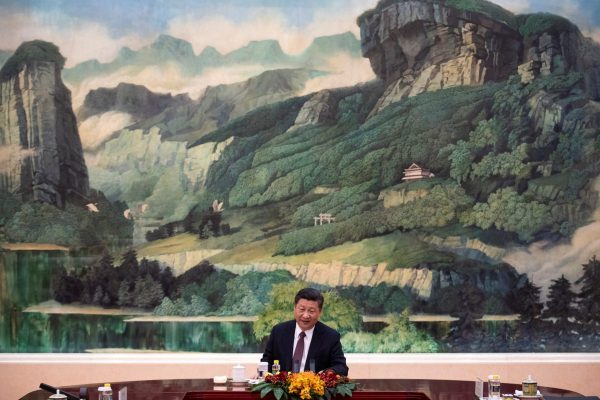It’s not yet clear what the impact of this truce between China and the United States will be in the longer term. The announcements so far are about intentions: the details are to be negotiated within 90 days, perhaps with some grace.
While a full-blown trade war has been forestalled for now, it remains uncertain what the negotiations will yield and how future agreements will affect the global trading system.
There are conflicting messages out of Washington and Beijing about what promises from China persuaded Mr Trump to resume negotiations. There’s been talk of drastic cuts in Chinese auto tariffs and massive Chinese purchases of US energy and agricultural commodities to close the gap in the US–China bilateral trade deficit.
President Trump and his team appear committed to the objective of shrinking the bilateral trade deficit, as misguided as that policy objective might be for the United States. How the negotiations will proceed and in what manner they might differ from negotiations that have preceded them is not yet clear. How the bilateral balance issue is dealt with will still be the critical test.
It seems that fewer and fewer people around the world are itching for a trade war. Global markets signal more clearly every day that a Trump-induced trade war is bad for the global economy. Support for open trade, even in the United States, has returned to an all-time high. The advocates of deglobalisation seem to be in retreat at the first sight of blood.
Mr Trump’s tariffs don’t target trade alone. He may be fixated on the United States’ bilateral trade deficit with China, as Yukon Huang points out, but the US business community gripes about China’s ‘unfair’ foreign investment practices. And Washington’s geo-strategists agonise over China’s intentions to become a major technological power threatening US dominance. All three concerns together mean that, for China, managing the relationship has become a whole lot more difficult.
As Kerry Brown explains in the first of East Asia Forum’s year in review series which analyses developments and prospects around our region, 2018 may well be remembered as the year when the hard times begun. Mr Trump has presented unexpected challenges to the Chinese leadership but he’s been far from China’s only problem over the year.
Xi Jinping’s emergence as a strong leader with ambitions for China’s ‘great national revival’ confronts the rest of the world and the United States in particular. Messages about where China is heading (to great nation status by 2021), how it will get there (strong political control and Party discipline, as well as state enterprises in a hybrid market economy) and why it is doing this (to have a powerful country never again victimised by the outside world) are being read as an ideological challenge.
On top of this, Brown notes, ‘the country is suffering further reputational damage because of the gargantuan security crackdown in Xinjiang and evidence of repression has never been stronger’.
Is the strength of President Xi’s international influence for real? Can he really enforce positive change that embraces China’s new diplomatic circumstance in the world as well as its own brittle economic and political transition? What changes will see China through its present predicament and how can we avoid visiting China’s woes upon the rest of the world?
China’s response to Mr Trump’s trade war offers a crucial test as well as an opportunity for China through bold, imaginative leadership to see its problems off and repair its global standing.
It will do so only if it’s clear that the trade war with Mr Trump is not just a bilateral spat with China’s most important economic and political partner. That’s important enough, but it is much more than that. It is above all a major challenge both to China’s own ambitions for reform and social transformation and to the multilateral trading system that has been, and will continue to be, the anchor for their realisation.
A response that delivers the opening of China’s markets to the world and not just the United States alone achieves all three Chinese strategic interests. Issues such as technology and investment, subsidies and digital commerce must also be dealt with in multilateral settlements within the framework of the WTO. This will deliver on legitimate US complaints, embolden China’s economic reformers as well as crucially protect the multilateral system.
The right approach is a strategy which stresses that the most effective contribution that China can make to global markets is through the continuing reform and opening up of China’s consumer markets to international competition, not just to the United States.
This approach will not be easy to manage abroad or to navigate at home. Abroad it will require a more inclusive diplomacy that seeks engagement on big issues, beyond relations with the United States. At home it confronts the Chinese leadership with the impact of more openness on their monopoly of political and economic power. There are signs that China’s diplomatic repositioning, even with the United States’ closest allies, has already begun. On the domestic front, China’s leaders have been sending pro-reform signals to the business community, but these assurances are yet to be followed by concrete steps and their longer term economic and political consequences fully digested.
The EAF Editorial Board is located in the Crawford School of Public Policy, College of Asia and the Pacific, The Australian National University.

